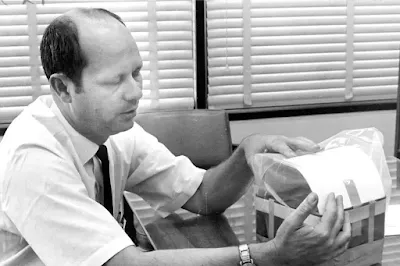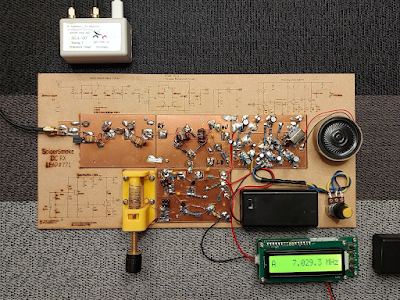My grandfather was a lifelong radio enthusiast and ham radio operator. In his early twenties during World War II, he lived in the remote mountain village of Hjerkinn, working at the railroad station high above the treeline when Germany invaded Norway.
He joined the resistance movement and built radios using parts from a downed Luftwaffe aircraft—mainly the radio tube, as seen in the photos I’ve attached. With it, he secretly tuned into broadcasts from London. It was a risky and courageous act, but it kept him and others informed when access to truthful news was critical.
Later, he introduced me to the world of radio. As a kid, I spent hours scanning ham bands, police channels, and even unencrypted cellphone calls. I was probably way too young to be listening to some of it, but in the pre-smartphone era, it felt innocent enough. That early exposure sparked a lifelong passion for electronics and radio—one that still defines me today.
A few weeks ago, I visited my mom and saw one of the wartime radios he built. I thought this group might appreciate it—not just as a relic, but as a story of ingenuity, resistance, and the enduring magic of radio.
Thanks to Jim VE1KM for alerting us to steeljo's story. I told Jim that t
hat Nazi tube is reminder of just how dangerous this all was for his grandfather. 




.jpeg)












 KM7ABZ
KM7ABZ




























